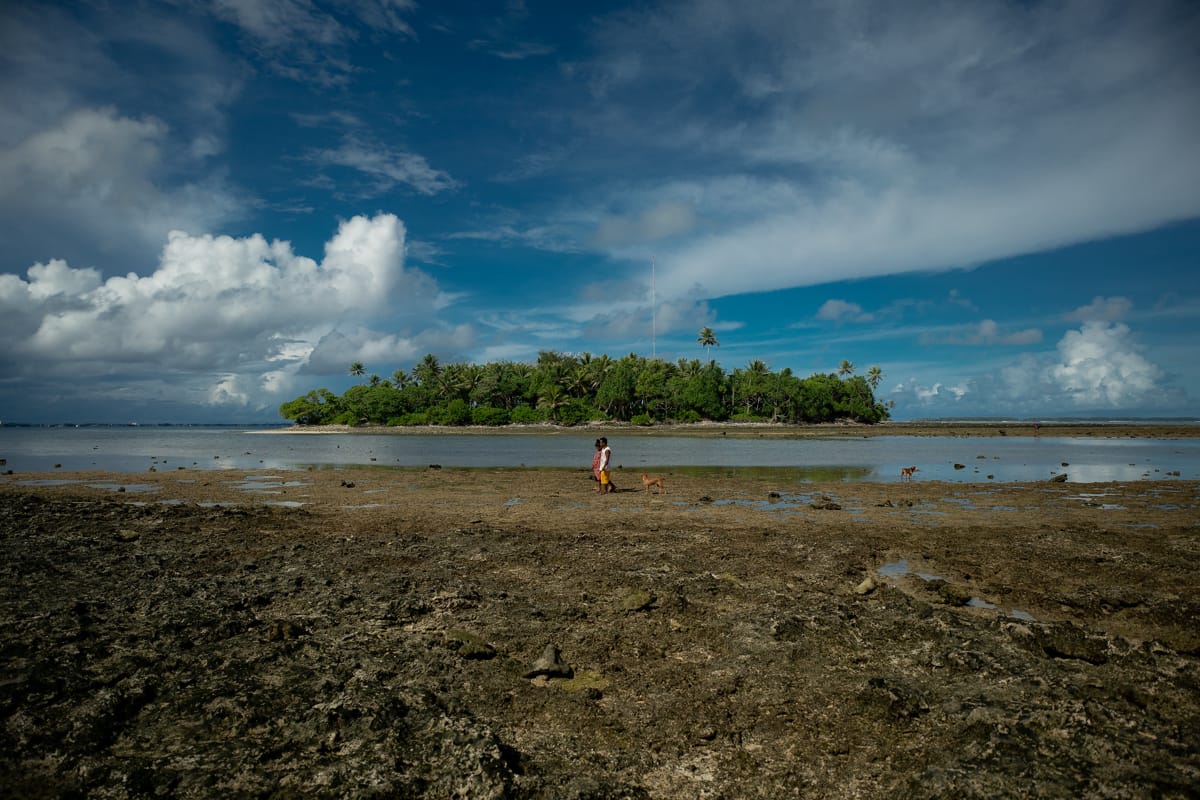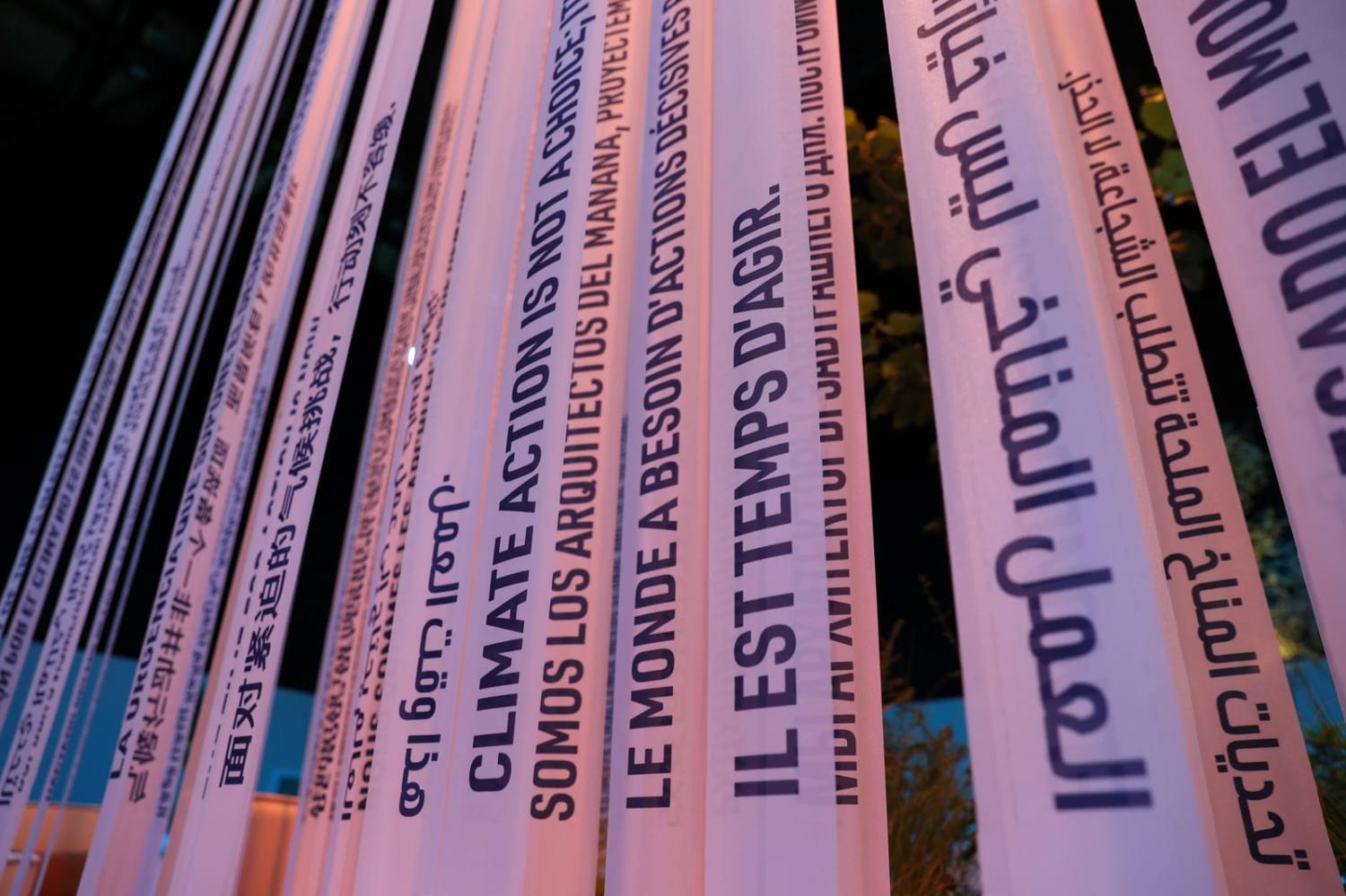Setting a new goal for the provision of climate finance to developing countries is poised to be the central topic for global climate negotiations across this year. Striking a balance between ambition and feasibility while still taking the concerns of the developing world seriously will be the key challenge.
Finance for climate action has always been a contentious issue but the stakes are getting higher and more visible. Last year was the hottest on record. Extreme weather ravaged both developed and developing countries, while many coastal communities continued to fight for their existence against the threat of rising sea levels.
The idea that rich countries should support poorer ones with climate finance is anchored at the very core of the UN climate convention and 2015 Paris Agreement. This reflects the notion that the developed world has a responsibility to pay its “fair share” towards global climate efforts, especially in regions that have contributed little to the causes of climate change yet face the brunt of it.
In 2009, rich countries committed to reach US$100 billion a year in climate finance to developing countries by 2020. The OECD says this was reached in 2022. Even that however is uncertain and the slow progress has been a persistent sore point in climate negotiations between developed and developing countries.
In any case, the US$100 billion target is set to be replaced with a new post-2025 one, known as the New Collective Quantified Goal (NCQG). This is expected to be one of the key outcomes for the UN COP29 summit to be held in Azerbaijan this November. The updated goal aims to ramp up ambition to better align with country needs and priorities, with the previous target serving as a baseline for deliberations.

Spending needs on climate change across the developing world (other than China) are estimated to reach around US$2.4 trillion by 2030. Roughly US$1 trillion of this figure will need to come from external sources including wealthy governments, multilateral finance institutions such as the World Bank, and private investors. Developing nations themselves will need to cover the remainder through domestic funds.
Substantial input from private sector investment and innovative financial sources will be critical to bridge the gap. However, scaling up private sector investment won’t provide a simple fix. Many adaptation solutions, such as flood barriers, lack a sufficient financial return on investment. More money from the public purse through grants and concessional loans will still be needed.
A massive increase in funds is clearly necessary. But the key question is how high to raise the bar given rich country governments have struggled to deliver on the initial US$100 billion pledge to begin with.
One point of tension is who should be expected to contribute. The existing donor group was determined based on the development status of nations at the time the climate convention was ratified in 1992. Several developed countries, including the United States, Australia and organisations such as the European Union, make the simple argument that the problem has not stood still since then. Many countries outside the official donor group, such as China, Saudi Arabia and Russia for instance, have relatively high incomes, are major emitters of greenhouse gases, and surpass some rich countries in emissions per capita.
While these facts must be considered, there is resistance among nations to take on such responsibilities. China, for instance, is reluctant to give up its developing country status despite actively financing infrastructure projects in the developing world and its recent commitment to shift towards green investments through the Belt and Road Initiative.
Expanding the donor base could help maximise the amount of public funds raised, but historical emissions and capacity to pay imply that the bulk will inevitably have to come from developed nations.
Balancing funding for different climate priorities presents a further challenge. Far more money currently flows to mitigation solutions such as renewable energy to reduce greenhouse gas emissions, compared to adaptation, with a financing gap for the latter of up to US$400 billion per year.
For many of the most vulnerable nations, whose mitigation efforts will not change the current trajectory of global temperature rise, adaptation is by far the more important priority as climate impacts worsen. Funding for loss and damage is another area, but it is not clear whether this will be part of the NCQG negotiations.
There is also a longstanding tension in defining what counts as climate finance. At present, there is no common definition for climate finance, and, as a result, different interpretations exist between countries and international organisations. Financial commitments towards the US$100 billion goal can be provided through means such as bilateral and multilateral flows, export credits and private finance mobilised by donor governments under OECD reporting.
Importantly, though, climate finance should be “new and additional” to any other funds, such as development aid. Despite this, donor self-reported contributions often serve multiple objectives concurrently (e.g. development, biodiversity, climate), which has for too long enabled wealthier governments to double count funds for climate change from existing foreign aid budgets.
Unsurprisingly, this practice has been met with strong criticism from developing nations, such as India, who argue it simply diverts funds from other urgent priorities including health, education and poverty reduction.
An initial step should be to establish an agreed definition of climate finance. Segregating reporting on climate and development flows altogether could also be a viable approach to help prevent governments from double counting their contributions on climate and development.

